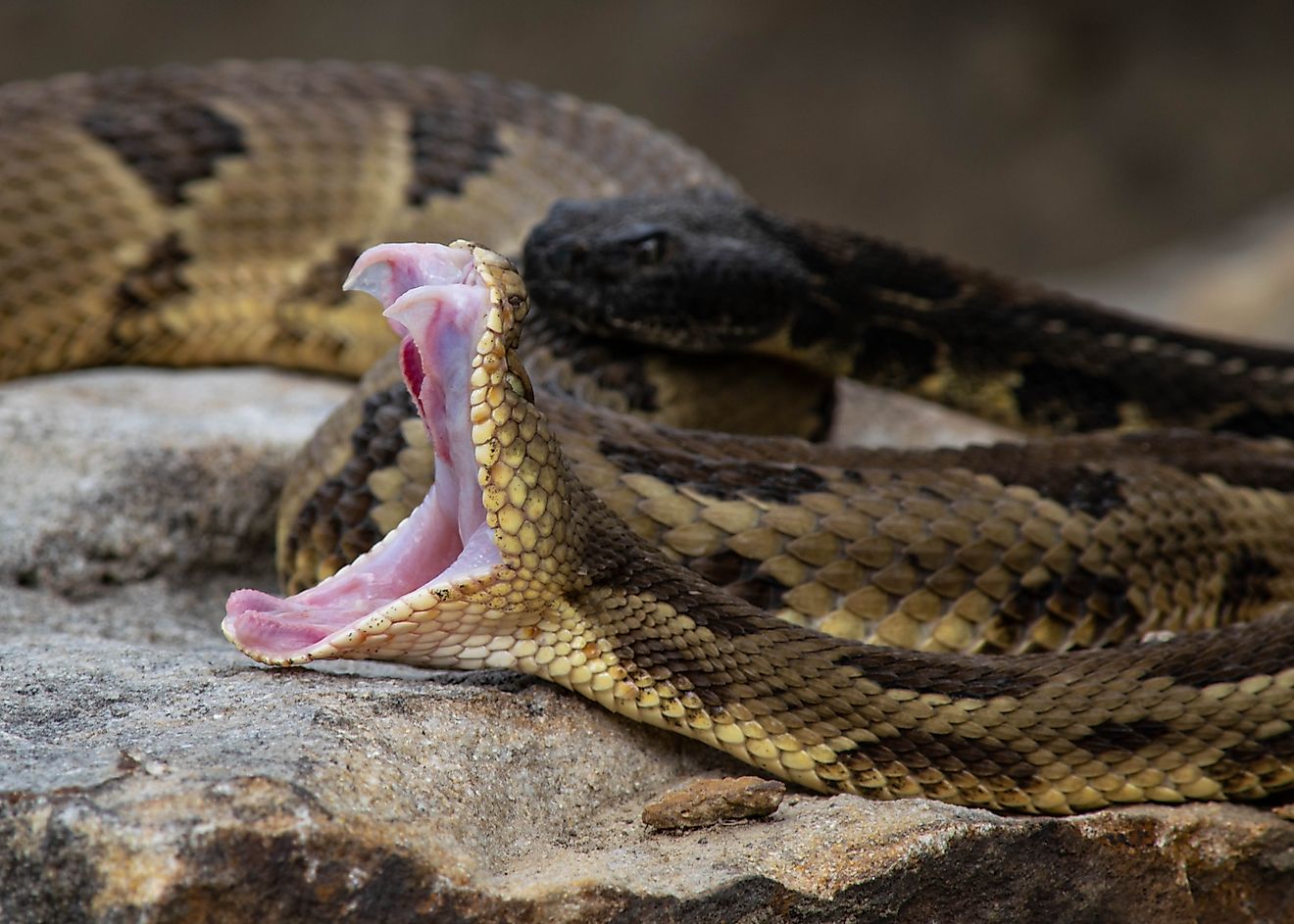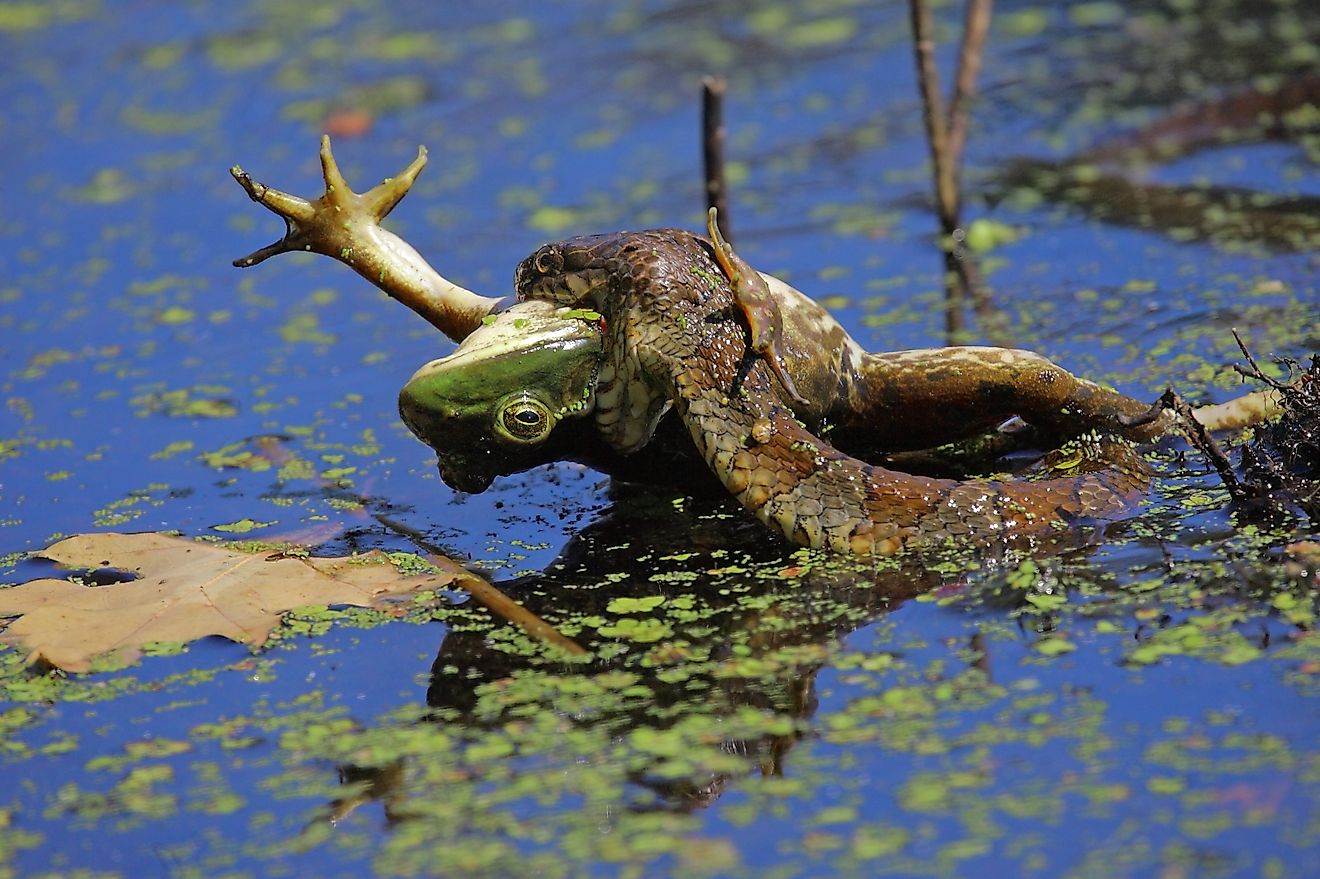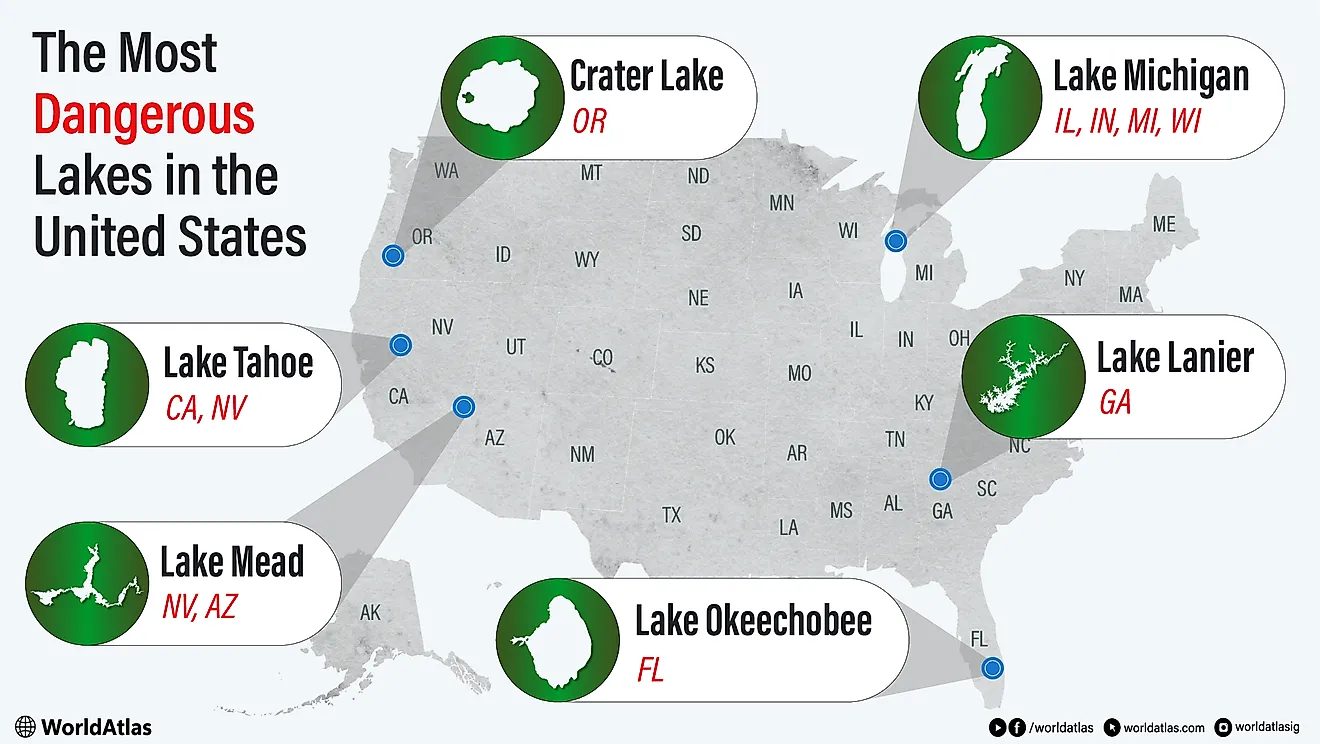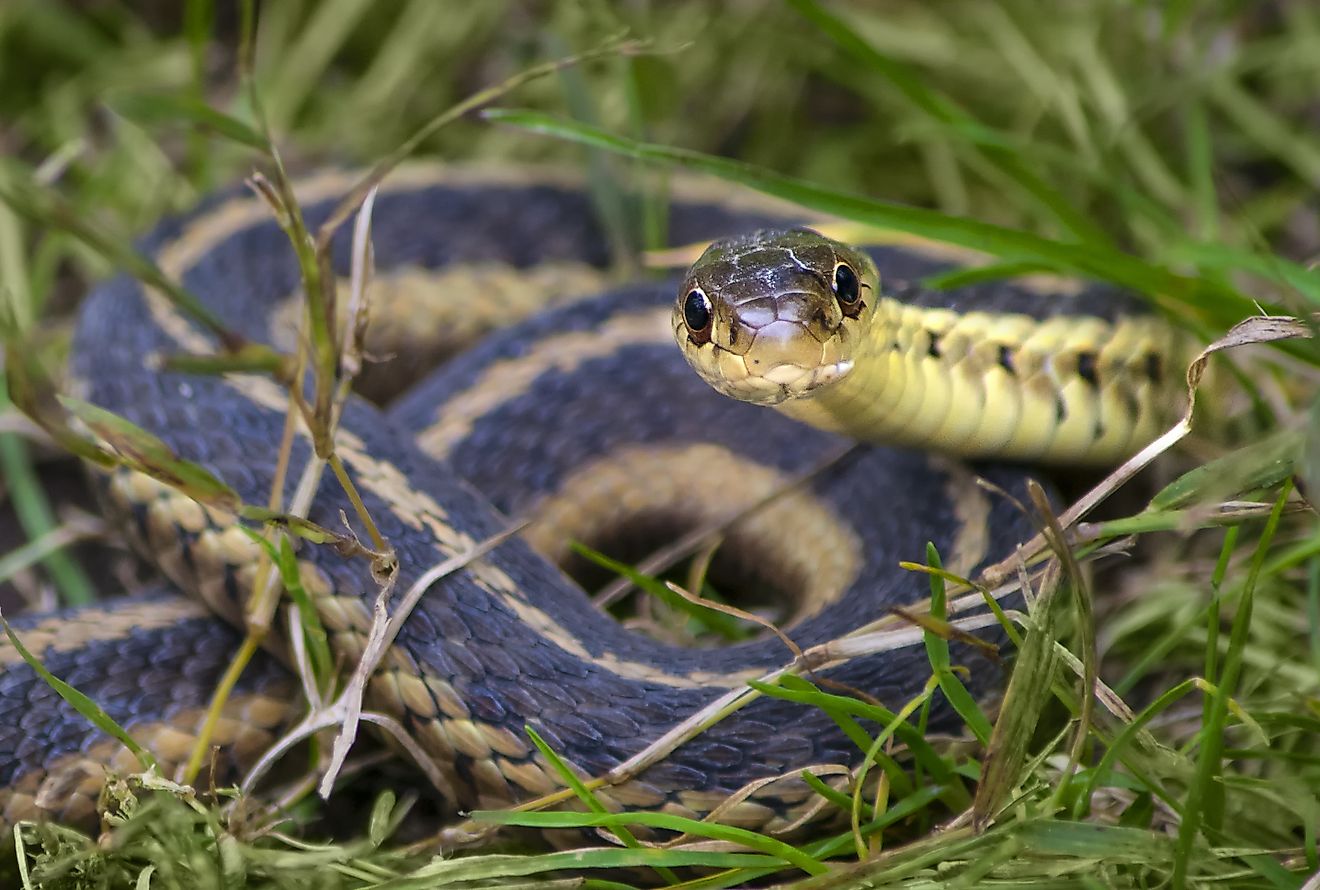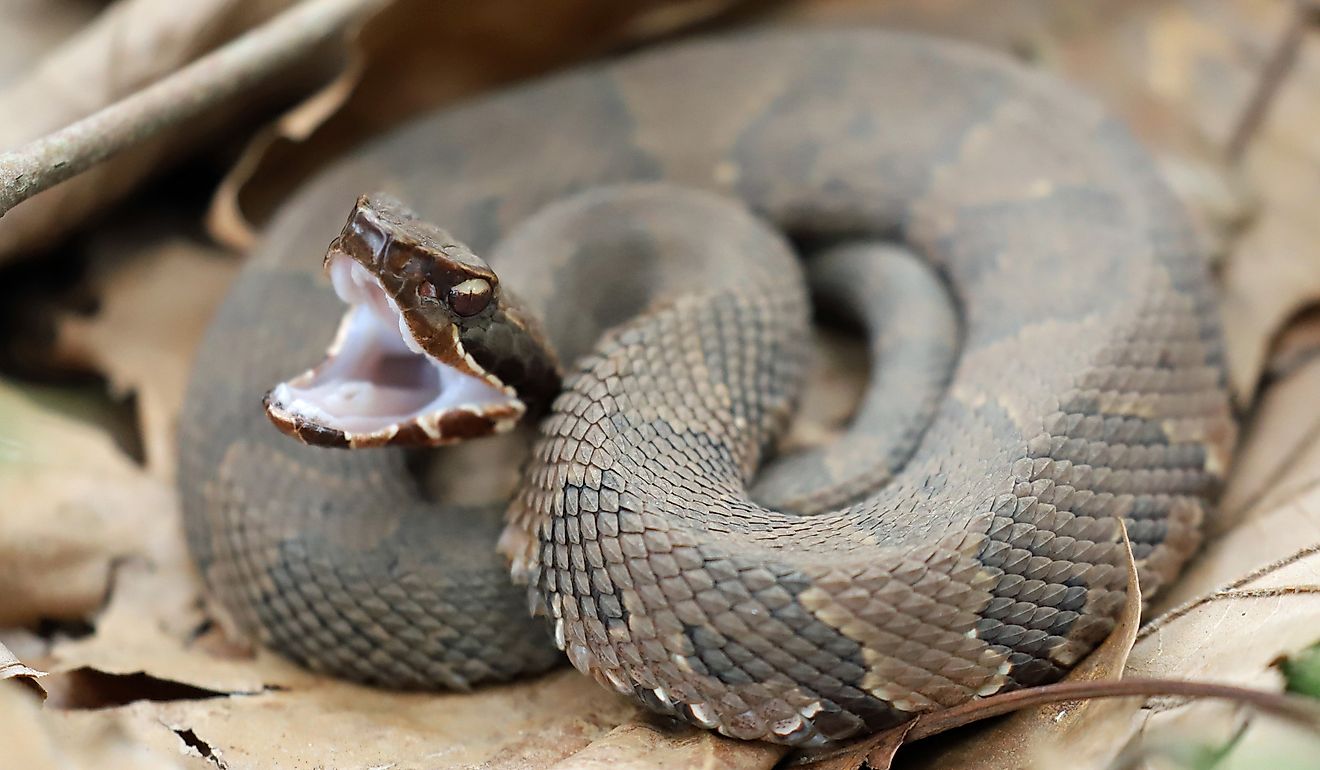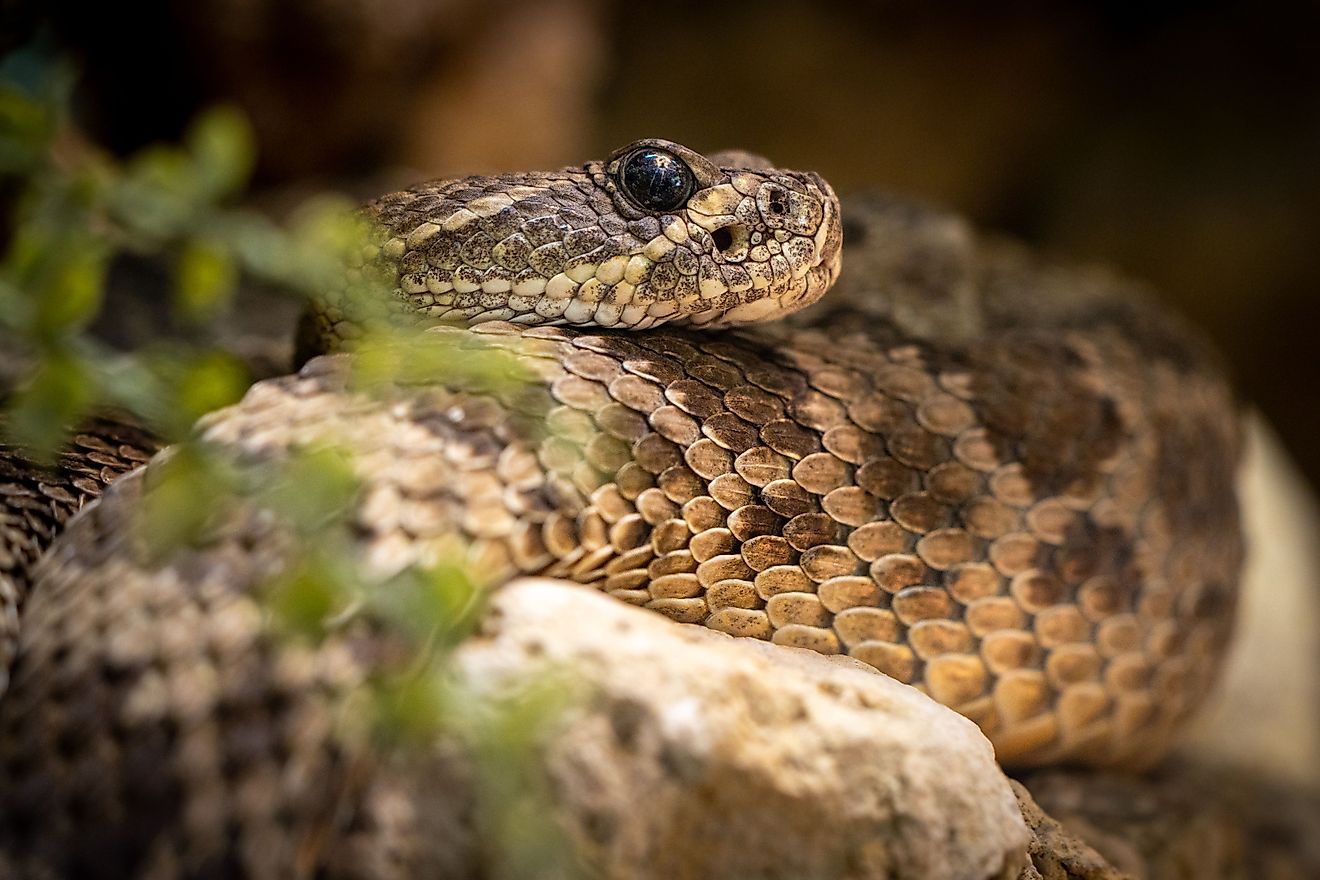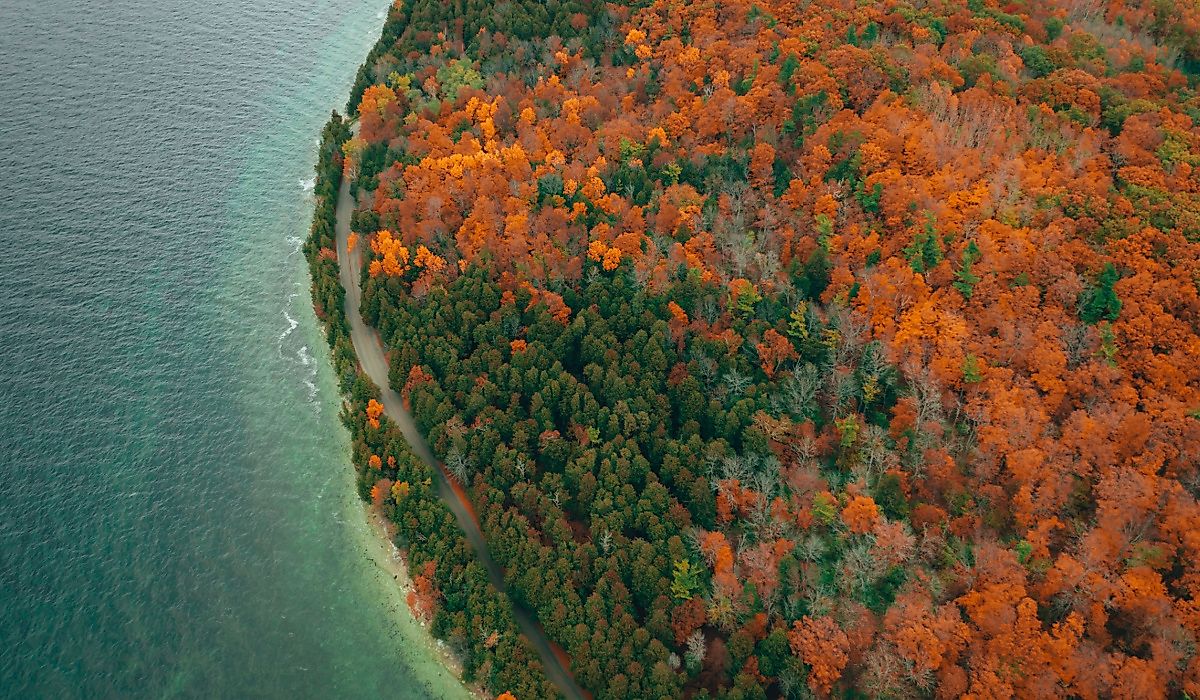
5 Most Snake-Filled Bodies Of Water In New Zealand
New Zealand's wildlife differs from that of neighboring regions like Australia and the Pacific Islands due to its notable lack of native snakes. Snake populations have been unable to naturally establish themselves on land due to the country's remote location and mild temperatures. The waters surrounding New Zealand do, however, occasionally harbor a few species of sea snakes, primarily from the genera Hydrophis and Pelamis. These marine snakes are typically found in tropical and subtropical regions of the Indo-Pacific, but strong warm currents like the East Australian Current have the ability to carry them southward into New Zealand's maritime zone.
Tasman Sea
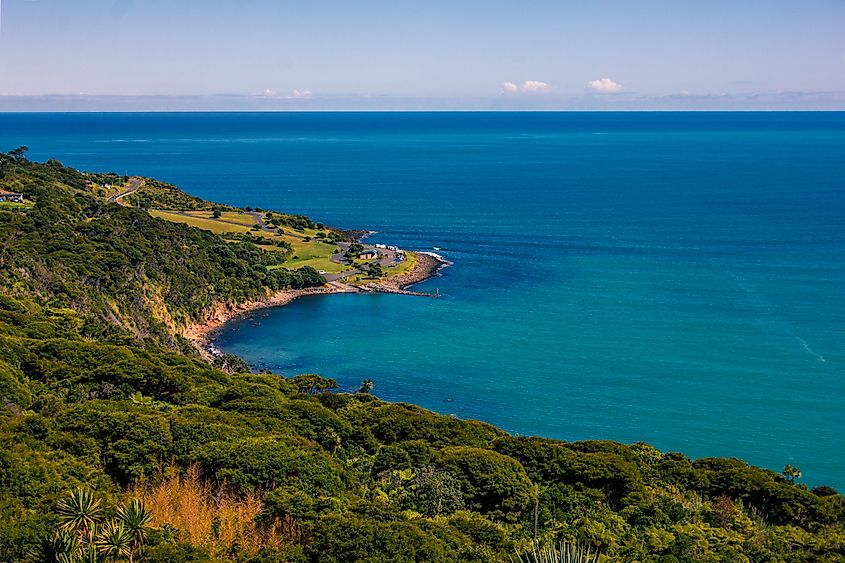
The area of ocean off the rocky West Coast of New Zealand is part of the Tasman Sea, which separates the country from Australia. Steep cliffs, small sandy beaches, and direct exposure to open ocean conditions characterize this coastline.
The distribution of marine life and local currents is impacted by the frequent arrival of large storms from the Tasman Sea. Snakes from tropical waters, including the Yellow-bellied Sea Snake and other species of sea kraits, move southward because of these conditions. New Zealand typically receives around a dozen reports of Yellow-bellied Sea Snakes annually, commonly along the northeast coast of the North Island; however, isolated individuals have been observed as far south as Cook Strait.
Cook Strait

New Zealand's North and South Islands are separated by the Cook Strait, a canal that connects the Tasman Sea to the west with the South Pacific Ocean to the east. An essential ferry and maritime route links Picton on the South Island and Wellington on the North Island.
Despite its normally cold temperatures, sea snakes, which are carried southward by warm surface currents or storm activity, have occasionally been seen in this region. According to the Department of Conservation, the Yellow-bellied Sea Snake represents the southernmost record of snake sightings in New Zealand.
Auckland Harbours
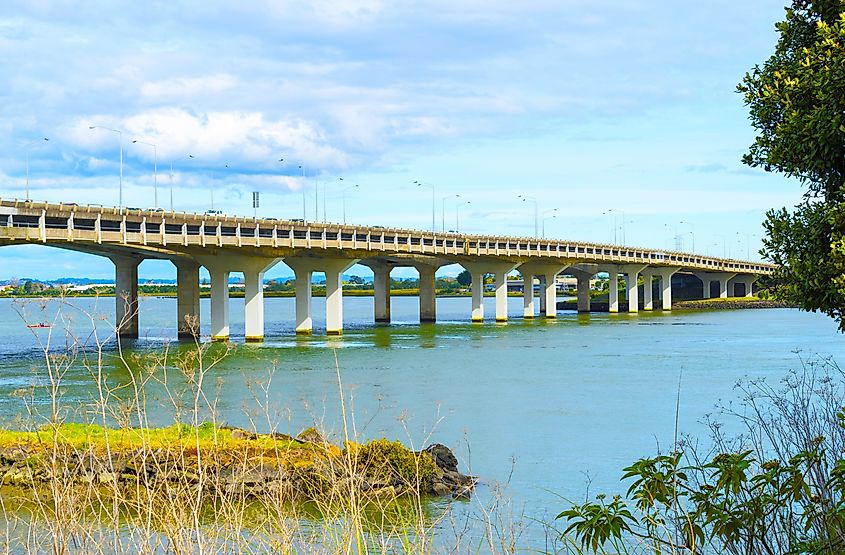
Auckland's harbors, such as the Manukau Harbor to the west and the Waitematā Harbor to the north, are some of the busiest maritime spots in New Zealand. These protected waterways sustain commercial shipping, ferry services, recreational boating, and dense coastal development, creating highly dynamic yet ecologically complex environments.
Although these harbors are urban, they have reported spotting marine snakes that are carried by storms or ocean currents from warmer northern locations. The Yellow-lipped Sea Krait, in particular, is recognized as an infrequent visitor to New Zealand, surviving only briefly due to the cooler sea temperatures. One notable instance occurred in February 2025, when a highly venomous sea krait, possibly a banded or blue-lipped species, was observed on Devonport Beach near Waitematā Harbor.
Ninety Mile Beach

Facing the Tasman Sea, the coastline of the Ninety Mile Beach is exposed to swells, sands, and westerly winds, which make it a dynamic habitat for animals. The area is well known for its towering sand dunes, recreational opportunities such as surfing, surf-casting, and four-wheel driving, and its role as a gateway to Cape Reinga at the island’s northern tip. Periodically, this stretch of coast experiences the arrival of Yellow-bellied Sea Snakes, the species most frequently associated with snake strandings in New Zealand.
According to the online Te Ara Encyclopedia of New Zealand, around six Yellow-bellied Sea Snakes are found washed up on the country’s beaches each year, often in regions influenced by warm ocean currents, such as the Bay of Plenty and the Far North. The exposure of Ninety Mile Beach to open Tasman waters and storm-driven drift makes it particularly susceptible to such rare wash-ups, especially during warmer years or El Niño events that extend tropical surface waters farther south.
Bay of Plenty

The Bay of Plenty is a broad, open bay extending from Waihi Beach in the west to Cape Runaway in the east. The bay’s warm sea temperatures, relative to much of New Zealand, and its exposure to subtropical currents make it one of the more likely areas for rare marine visitors, including sea snakes. Among these, the Yellow-bellied Sea Snake is the most frequently recorded species and is described by the Department of Conservation as New Zealand’s most commonly encountered marine snake.
Observations suggest that around a dozen Yellow-bellied Sea Snakes are recorded each year in New Zealand waters, predominantly along the northeastern coast, which includes this region, although isolated specimens have been found as far south as Cook Strait. The Bay of Plenty’s combination of warm currents, sandy shores, and high levels of coastal monitoring contributes to its relatively high frequency of reported sightings.
New Zealand’s Serpentine Encounters

Although it is still one of the few nations in the world where land snakes are not native, New Zealand's surrounding waterways do periodically get temporary marine migrants from the tropics. Species such as the Yellow-bellied Sea Snake and various sea kraits reach New Zealand’s coasts through the influence of warm ocean currents, El Niño events, and storm systems that extend their natural range southward.
The identified bodies of water represent areas where such encounters are most likely, based on environmental conditions and observations. Collectively, they showcase how the bodies of water in New Zealand are linked to broader oceanic processes in the Pacific, sometimes enabling these amazing reptiles to appear far outside their typical range.
